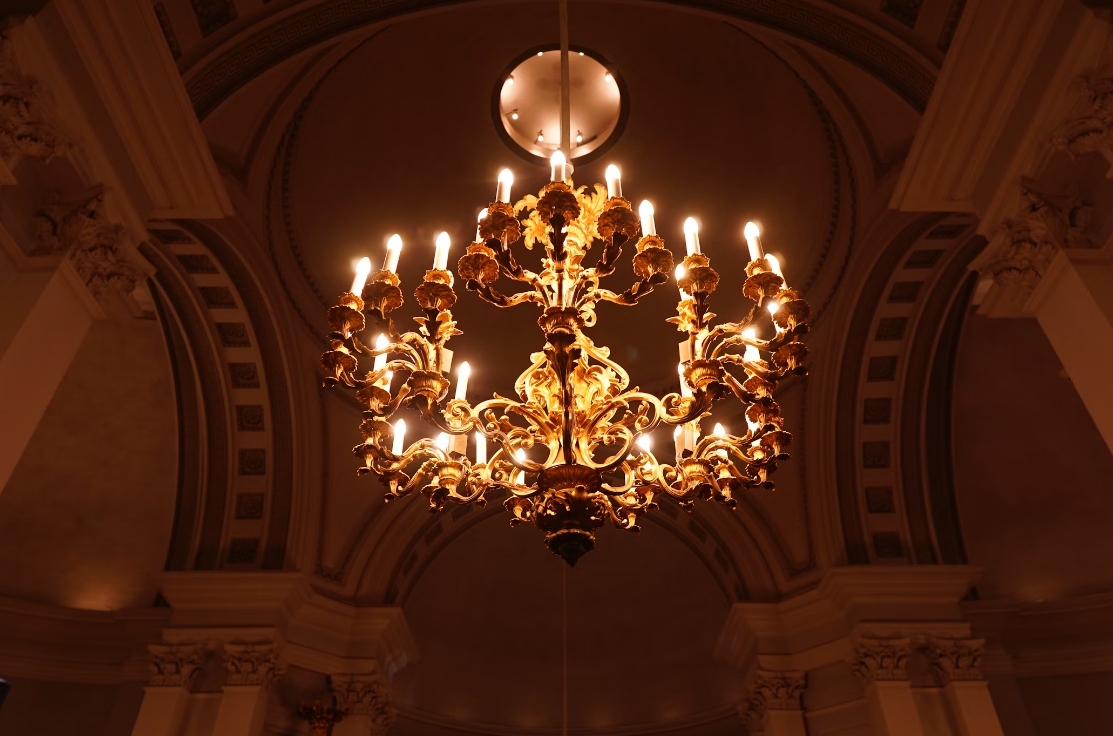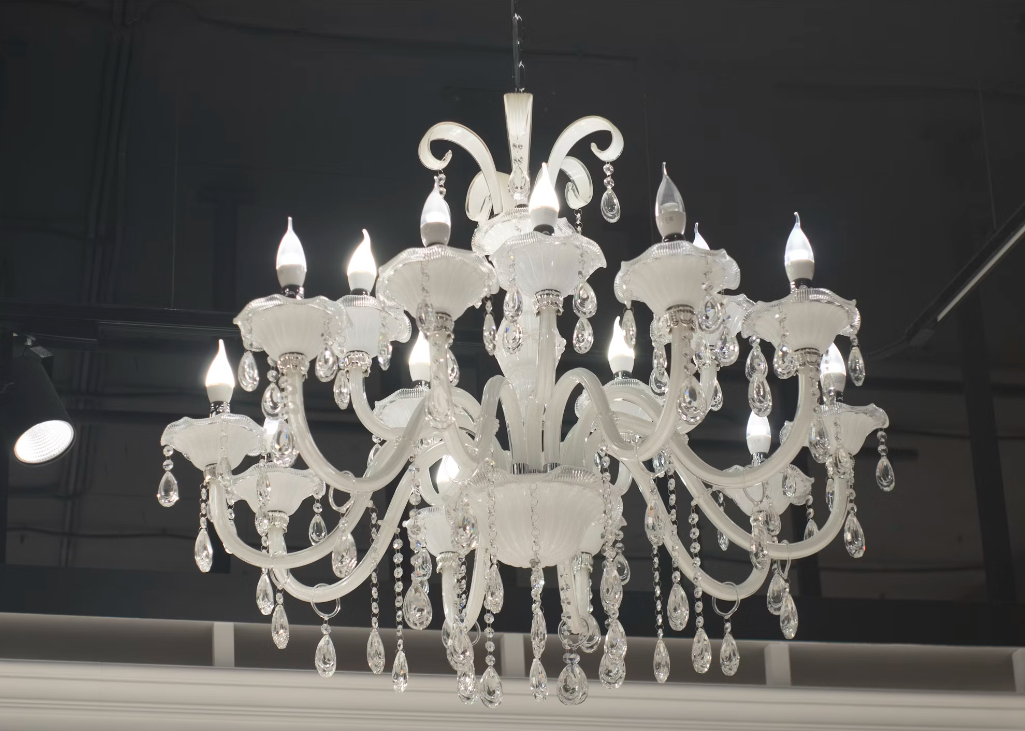-
Shop
- Furniture
- Kitchen
- Bathroom
- Home & Garden

We’ve all been there. You flick that dimmer switch, hoping to create a cozy, ambient vibe, but your fancy chandelier doesn’t want to cooperate.
The lights stay blazing bright, utterly refusing to dim down no matter what you do.
Before you start hurling things at your light fixture, take a deep breath.
There could be a few different reasons why your chandelier won’t dim properly. In this post, I’ll go over some of these.
This may sound like an obvious one, but you’d be surprised how many people make this simple mistake. Not all light bulbs have dimming capabilities.
Standard LED and CFL bulbs usually aren’t dimmable unless specifically labeled as such.
BTW Check Out Our Dimmable Modern LED Ceiling Chandelier
The same goes for your traditional incandescent bulbs.
Sure, the big guys were naturally dimmable back in the day, but modern incandescents sometimes have extra components that can interfere with dimming.
So step one is checking if your bulbs are actually rated as dimmable by the manufacturer.
If not, well, there’s your culprit right there!
Replace those stubborn bulbs with some shiny new dimmable LEDs, and your dimming woes should be solved.
Incompatible dimmer switches are one of the most common reasons why chandeliers and other fixtures won’t dim properly with LED bulbs.

You see, traditional dimmers were designed back when incandescent ruled the lighting world.
With their simple filament design, dimming an incandescent was pretty straightforward.
LEDs, on the other hand, are a tad more high-tech. They require special electronic drivers to regulate the power supply and allow for smooth, flicker-free dimming. If your dimmer switch isn’t designed for LEDs, it won’t communicate properly with those modern drivers.
Also Read: My chandelier stopped working
The fix? Invest in an LED-compatible dimmer from a reputable brand.
These “trailing edge” dimmers are built specifically to play nice with LED electronics for seamless dimming every time.
While you’re at it, double check that your dimmer’s minimum wattage rating matches the total wattage of your LED bulbs when calculating the right size.
Another potential issue could stem from the chandelier fixture itself, believe it or not.
While the vast majority of modern fixtures out there shouldn’t cause dimming issues, there are always exceptions.
Some fixtures have built-in LED drivers or other internal components that simply don’t get along well with external dimmers. This tends to be more common on really cheap, bargain-bin models, but it can happen with any fixture.
If you’ve gone through all the other troubleshooting steps and your chandelier still refuses to dim, the fixture’s design could be the unfortunate culprit here.
In cases like these, your best bet may be to replace the whole fixture with a dimmer-friendly model.
Dimming systems can be finicky, there’s no doubt about it.
Even after triple-checking your bulbs, dimmer, and fixture, you may still run into some dimming quirks from time to time.
BTW Check Out Our Bamboo and Rattan Pendant Chandelier
If your chandelier only dims to a certain level and no further, it could be an issue with the minimum dimming threshold of that particular dimmer-bulb combination.
Trying a different LED bulb brand may yield better results.
You can also try slightly unscrewing your LED bulbs from the sockets just a tiny bit.
This can sometimes help prevent high voltage from reaching the bulbs when dimmed very low.
Because they use LED bulbs.Traditional chandeliers were designed for incandescent bulbs, which work perfectly with standard dimmer switches.
However, many modern chandeliers use LED bulbs. And some LED bulbs aren’t dimmable
Unlike incandescent bulbs that dim by reducing heat, LEDs operate with a constant current. To dim an LED, you need to regulate that current precisely, which requires special features.
Plus, LED bulbs lack the internal components needed to respond to a dimmer switch’s signal.
It’s because your voltage dropped. LEDs need a specific voltage to shine brightly. If the power source (transformer or power supply) is weak, or the wiring is too thin or long, the voltage might drop at the end of the circuit.
This causes the LEDs there to appear dimmer than those at the beginning
Apart from that, in some LED setups, a single faulty component (like a resistor) in the middle of the string could affect the brightness of the following lights.




Leave a comment